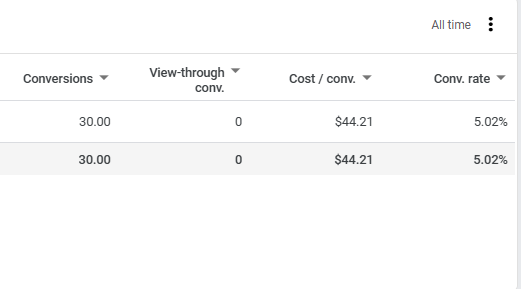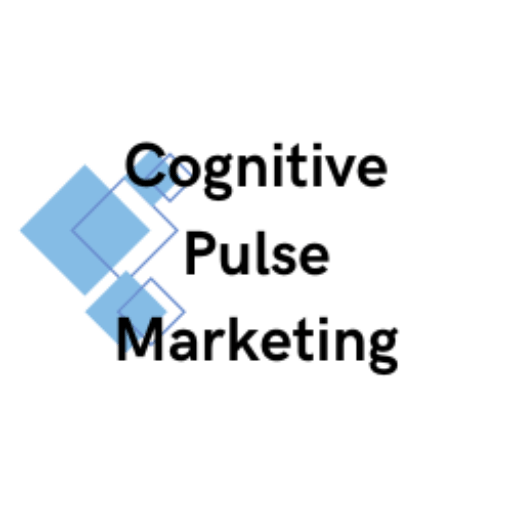A therapist decides to try Google Ads for the first time. They set up their campaign, choose a few keywords like “therapy near me”, and launch their ad with high hopes.
A few weeks later, their budget is gone. The phone isn’t ringing. No new clients have booked.
This is the reality for many therapists who attempt Google Ads without a clear strategy. The platform has the power to bring in high-intent leads—potential clients actively searching for therapy—but when set up incorrectly, it can quickly become a money pit.
The good news? Most wasted ad spend comes from a handful of common mistakes that are easy to fix. If you’ve ever felt like your ads aren’t working, or you’re afraid of spending money with no return, this guide will walk you through exactly how to make Google Ads a profitable part of your practice’s marketing strategy.
Why Google Ads Work for Therapists—When Done Right
Unlike social media ads, where potential clients may not even be thinking about therapy, Google Ads target people who are already searching for help.
A person searching for “anxiety therapist near me” is actively looking for a solution. If your ad appears at the top of their search results, they’re far more likely to click, explore your website, and book an appointment.
But here’s the catch: Google Ads aren’t as simple as setting a budget and watching the leads roll in. Without the right strategy, your budget can disappear on clicks that never convert into clients.
Common Google Ads Mistakes That Cost Therapists Money
Therapists often lose money on Google Ads due to a few key errors. Fixing these mistakes can mean the difference between wasted spend and a steady stream of new inquiries.
1. Bidding on the Wrong Keywords
Not all therapy-related searches lead to paying clients. Many therapists make the mistake of bidding on broad or irrelevant keywords, which results in clicks from people who aren’t actually looking for therapy.
For example, bidding on “mental health support” might attract people looking for free resources, while “therapist for anxiety in [city]” targets someone ready to book a session.
Fix: Use high-intent keywords that reflect what a potential client would type when they’re ready to schedule an appointment. Phrases like “trauma therapist near me” or “relationship counseling in [city]” tend to perform better than broad terms.
2. Forgetting to Use Negative Keywords
One of the easiest ways to waste ad spend is to let your ads show up for searches that don’t match your services.
Without negative keywords, a therapist bidding on “depression counseling” might accidentally get clicks from searches like:
- “free depression counseling”
- “online therapy jobs”
- “become a licensed therapist”
Each of these clicks costs money but won’t lead to a client booking an appointment.
Fix: Set up negative keywords to block searches that don’t align with your practice. Words like “free,” “online courses,” “job openings,” and “degree” are common ones to exclude.

3. Sending Ad Traffic to a Homepage Instead of a Dedicated Landing Page
A common mistake therapists make is sending all ad traffic to their homepage. While a homepage is useful, it’s often too broad to convert visitors into clients.
When someone clicks on your ad, they should land on a dedicated service page that speaks directly to their needs. For example, if your ad promotes anxiety therapy, the page they land on should focus entirely on how you help clients with anxiety, testimonials, and an easy way to book a session.
Fix: Create a landing page for each core therapy service. A page that is specific, easy to read, and includes a clear call to action (CTA) will convert far more visitors than a generic homepage.
4. Not Tracking Conversions (Measuring Clicks Instead of Clients)
Clicks don’t pay the bills—new client appointments do.
A therapist might see that their ad got 50 clicks in a week and assume it’s working. But if none of those clicks led to an inquiry, the campaign is failing.
Fix: Set up conversion tracking in Google Ads to measure real actions, such as:
- Phone calls from the ad.
- Form submissions on your website.
- Online appointment bookings.
If you’re not tracking these, you’re flying blind and may be spending money on ads that aren’t bringing in clients.

How Much Should Therapists Spend on Google Ads?
One of the biggest questions therapists ask is how much they should budget for ads. The answer depends on:
- The cost per lead (how much you pay for each inquiry).
- Your conversion rate (how many inquiries turn into actual clients).
- Your client lifetime value (how much a typical client spends over multiple sessions).
For example, let’s say:
- Your average cost per click is $5.
- It takes 5 clicks to generate one inquiry ($25 per lead).
- You convert 40% of inquiries into paying clients, meaning you need 2.5 leads to book one client ($62.50 in ad spend).
- A client typically books 10 sessions at $150 each ($1,500 total revenue).
In this case, spending $62.50 to acquire a $1,500 client is a highly profitable investment.
While budgets vary, many therapy practices start with $15–$30 per day, adjusting based on results and conversion rates.
Making Google Ads a Profitable Investment for Your Practice
Google Ads can be one of the fastest and most reliable ways to attract new clients—but only if done right. The key to avoiding wasted ad spend is to focus on high-intent keywords, block irrelevant traffic, optimize landing pages, and track real conversions.
Before you launch (or improve) your Google Ads campaign, focus on these key takeaways:
- Choose the right keywords that match what potential clients actually search for.
- Set up negative keywords to filter out irrelevant clicks.
- Send visitors to a dedicated landing page, not just your homepage.
- Track conversions to measure what’s actually leading to booked sessions.
A well-structured campaign isn’t just about getting traffic—it’s about turning that traffic into paying clients.
Ready to take your therapy practice to the next level? At Cognitive Pulse Marketing, we specialize in helping therapists grow their practices with tailored marketing strategies, from website optimization to SEO and beyond. Contact us today for a free consultation and see how we can help you attract more clients and build a thriving practice.
